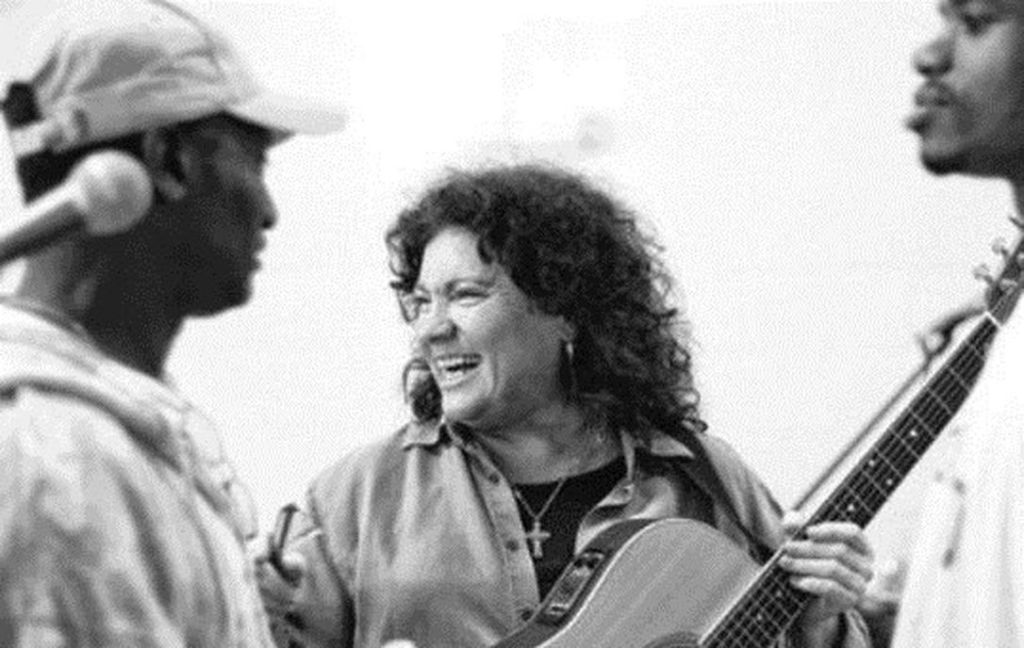William Friedkin Discusses His Career at American Cinematheque

On January 22 & 23, 2011 at the Aero Theatre in Santa Monica, American Cinematheque presented a tribute entitled “Strangle-Hold: The Gripping Films of William Friedkin.” Featured were four of the director’s most noted movies: “The French Connection,” “To Live and Die In LA,” “Sorcerer,” and “The Exorcist.” Mr. Friedkin was there both nights to talk about his work and filmmaking, and he was greeted by sold out audiences who gave him with a standing ovation.
It’s been a long road for Friedkin. Despite the many ups and downs of his long career, he still directs movies even though his work these days is constantly, and unfairly, stuck in the shadow of his greatest work. Back in the 1970’s, he gave us two of the greatest movies ever with “The French Connection” which has one of the greatest cinematic car chases ever, and “The Exorcist” which is as powerfully unnerving today as it was when it first came out. Since then, however, he was seen as stumbling both critically and commercially with movies like “Deal of The Century” and “The Guardian” to name a few.
But Friedkin has now rebounded with “Bug” starring Ashley Judd, and the re-release of “The Exorcist” which was a big hit despite it being readily available on video and DVD. Even his flops like “Sorcerer” and “Cruising” have been critically re-evaluated and gained strong cult followings in recent years. Today, he is directing Matthew McConaughey in “Killer Joe.”
Friedkin started off by remarking how the Aero Theatre’s marquee said “William Friedkin Live” and how glad he was to see that at his age. From there, he told a story about his friendship with the great writer/director Billy Wilder and how they had lunch together often at Johnny Rockets. At one point, Wilder said to him:
“You and I have something in common; we both want to make commercial films for a large audience. So don’t look for your films to get shown at the Cinematheque!”
It may have taken long enough, but American Cinematheque did come through for him!
When working with actors, Friedkin said he does not put his personal style on them, and that he always creates an atmosphere for actors to work in which allows their creativity to flow. If the actors come up with something better, he is more than willing to let them roll with it to see where it would take the movie. This aided tremendously in his job of deeply immersing the audience in the story as much as possible.
Some in the audience asked him if he had any advice to pass on to filmmakers. Friedkin was quick to the point:
“Don’t go to film school!”
Friedkin claimed he never had a single lesson in filmmaking, and he said everything he learned came from “the masters who broke the rules” like Orson Welles and Alfred Hitchcock. In fact, he encouraged everyone to get out of the classroom and watch all of Hitchcock’s movies. While they may vary in quality, he said the master of suspense’s genius is present in every shot he took.
Friedkin also encouraged aspiring directors to not even bother with the preview process or audience testing. None of his movies have ever been altered by these processes, and he really doesn’t like them anyway. Had “The Exorcist” been previewed, he said, it would not have ever have been released!
In selecting movies to make, Friedkin says the movie comes to him more than he goes to it. But the one theme which runs through each and every motion picture he has helmed is ambiguity. The works he admires the most are the ones which ask questions but don’t provide answers. As he sees it, the quest is far more interesting than the end of the journey as there are no ultimate answers, only great questions.
Friedkin also loves playing with the thin line between good and evil. Case in point is “The French Connection” where Popeye Doyle, played by Gene Hackman, is a racist and a womanizer while the drug dealer is a gentleman with manners and who loves his wife dearly. There’s only so much that separates the good guys from the bad ones, and movies like this serve as a very strong reminder of that.
Though his glory days might be behind him, William Friedkin remains a director with an unwavering vision on each film he does. This proves to be the case even in his weakest movies as even they show how fully in control of the craft he is. I look forward to seeing what he comes up with next.









